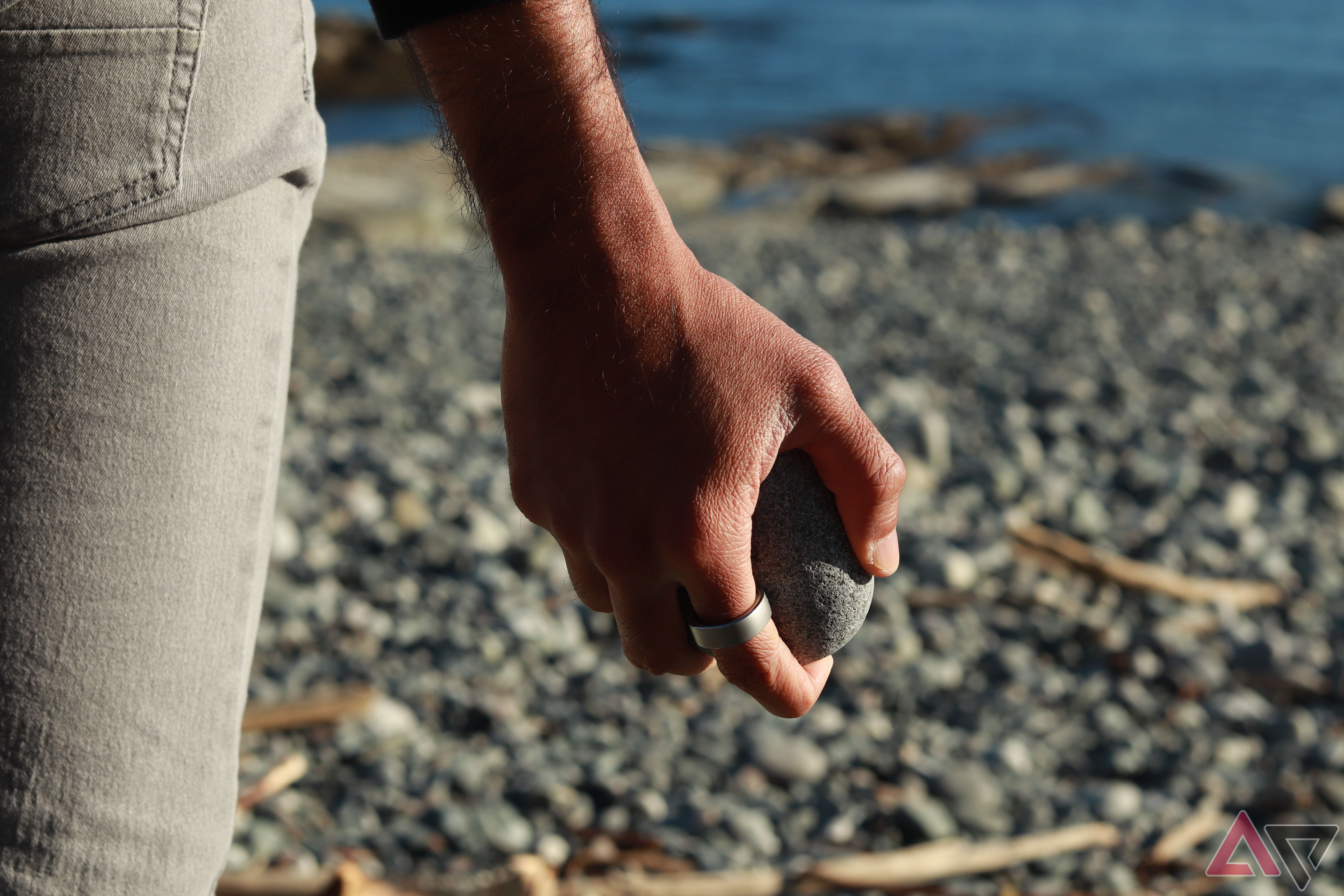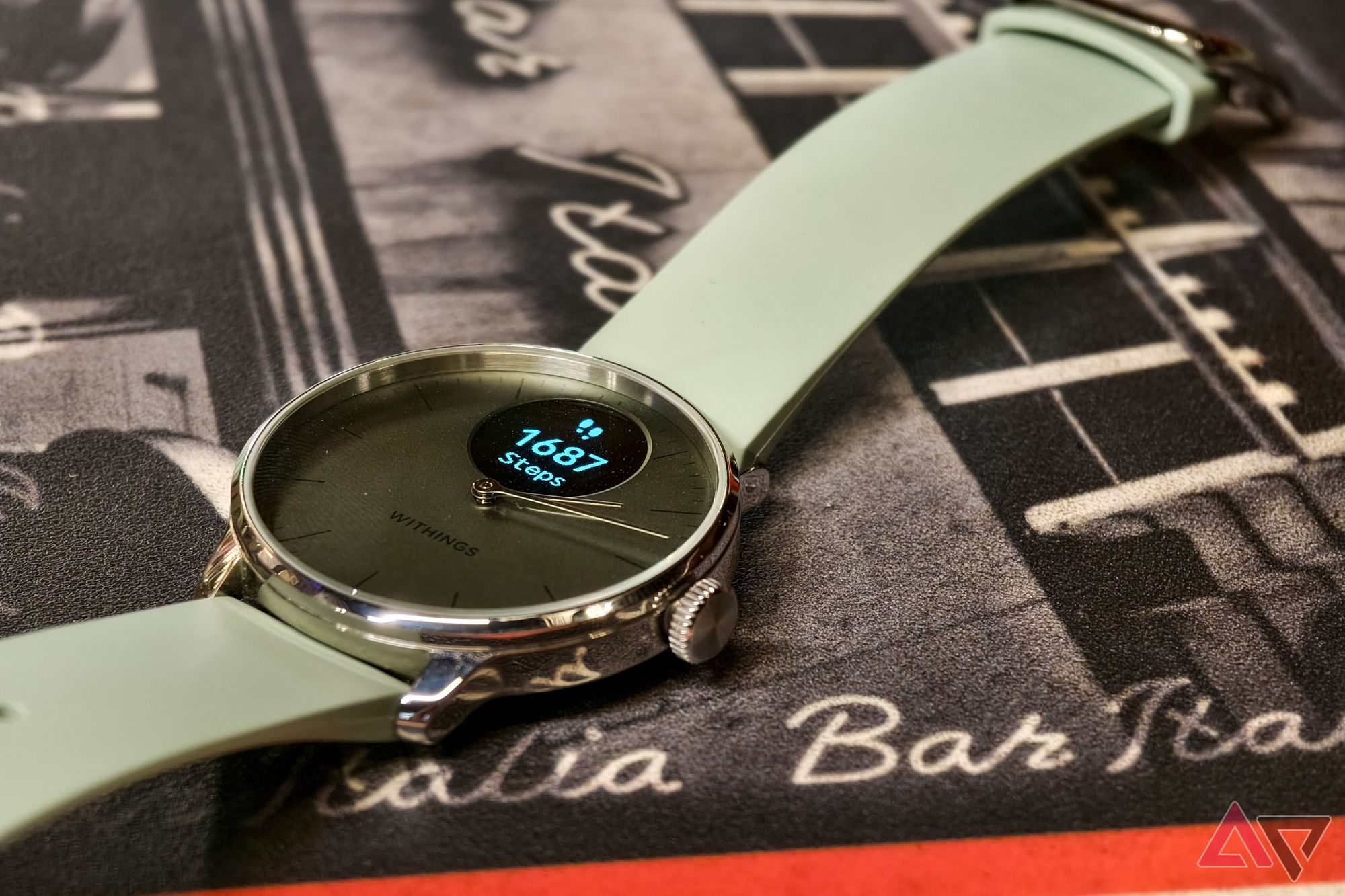If you’re in the market for some of the best fitness trackers, display-equipped devices like the Samsung Galaxy Watch 6 tend to be among the top recommendations. However, displays are distracting, they leech away battery life, and, if you’re fashion conscious, may not necessarily fit your style.
But, guess what? There’s an alternative. In fact, there are a few, and you don’t need to compromise on features either. We’ve put some of the best fitness trackers without a screen to the test. Here are our recommendations.
Stay focused with these fitness trackers
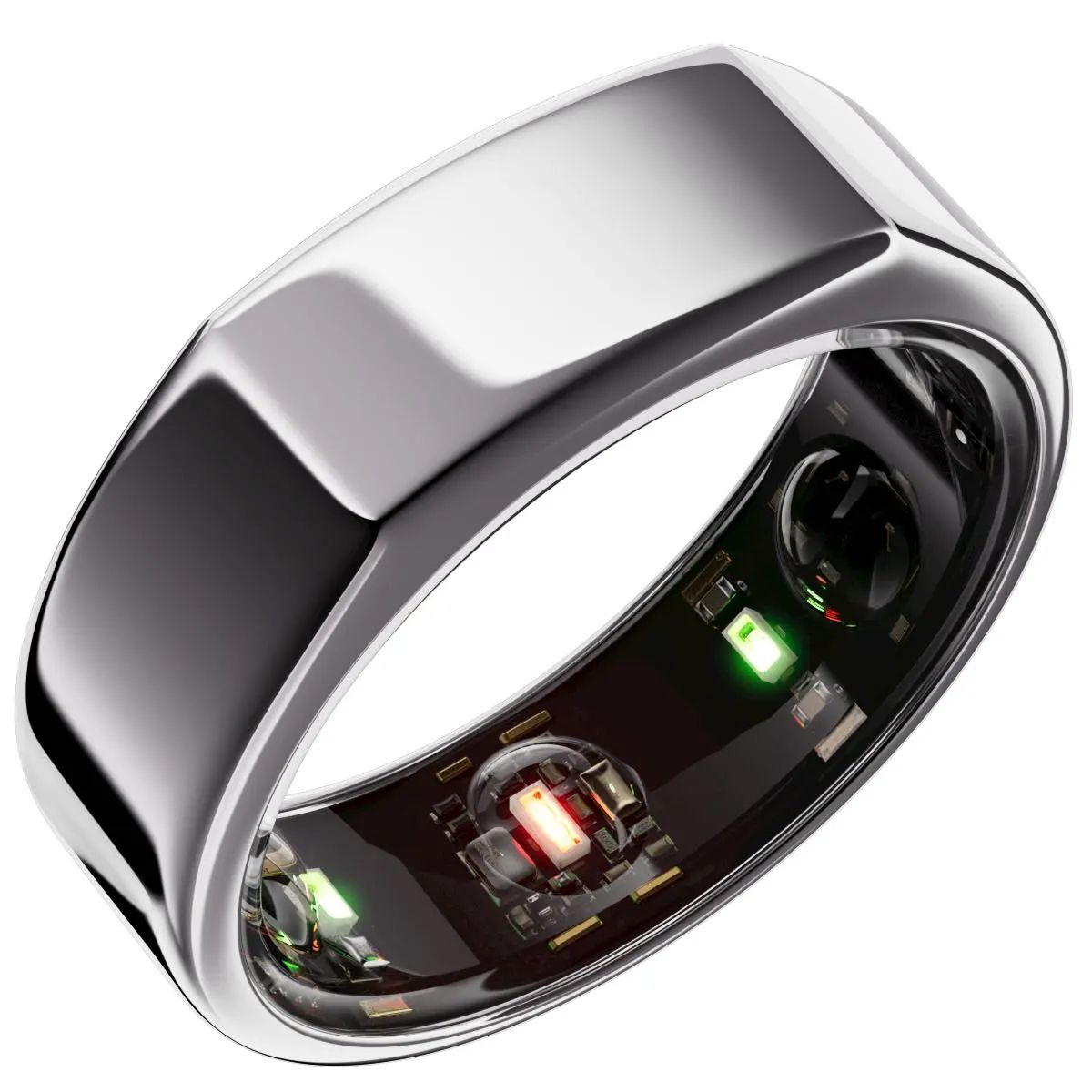
Oura Ring 3
With this ring…
The Oura Ring 3 is a premium-styled fitness tracker that fits right around your finger. This third-generation tracker is designed from the ground up to provide improved health-tracking functions, including continuous heart monitoring. If you want to keep up with your fitness journey but don’t want an annoying screen in the way, it doesn’t get much better than this.
- Provides lots of health insights
- Great battery life and charger
- Stylish and relatively discreet
- Activity tracking could be better
- Requires a subscription
- Expensive
Can a ring truly pack in that much data to track fitness, general activity, and sleep? The Oura Ring 3 proves it can, and as you might expect, being a third-generation product means the company fixed some of the previous functional challenges. In our Oura Ring review, we found it to be stylish and fairly discrete while still offering a full bevy of health metrics. Sensors inside can track the basics, like steps, heart rate, body temperature, blood oxygen, and sleep. The Oura app collects all the data and presents it with various scores, charts, and graphs.
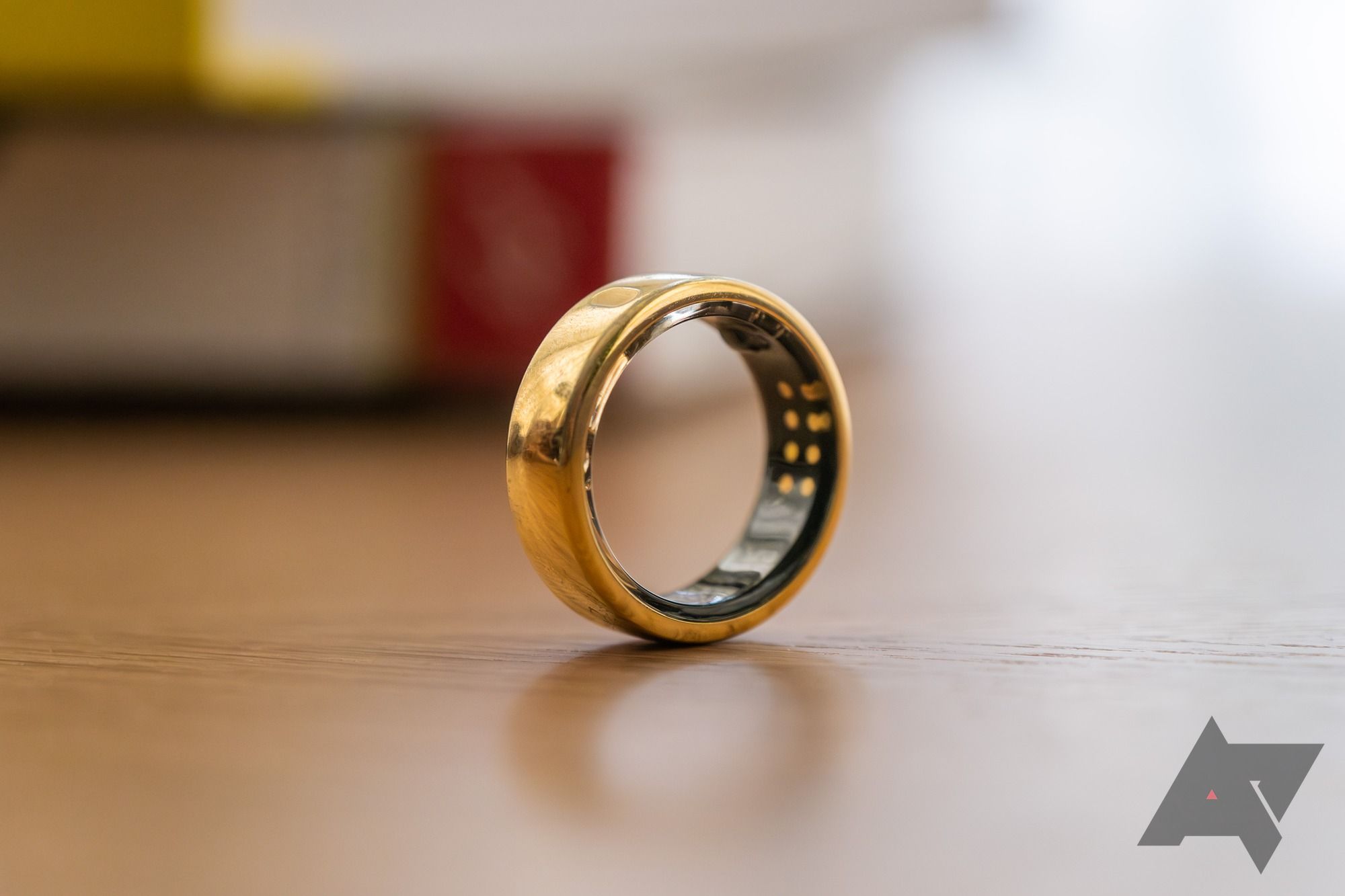
Oura Ring Generation 3 review: Luxury health tracking on your finger
The third-gen Oura Ring is good at what it does, but it starts at $300
As much as it’s supposed to slide on your finger and fit into your everyday life while tracking everything, the Oura Ring 3 is thicker than most metal rings but doesn’t necessarily scream out “tech” to anyone noticing it. Unfortunately, there’s a pitfall. Not only is the ring pricey to begin with, but it requires a subscription to unlock all of its tracking features.
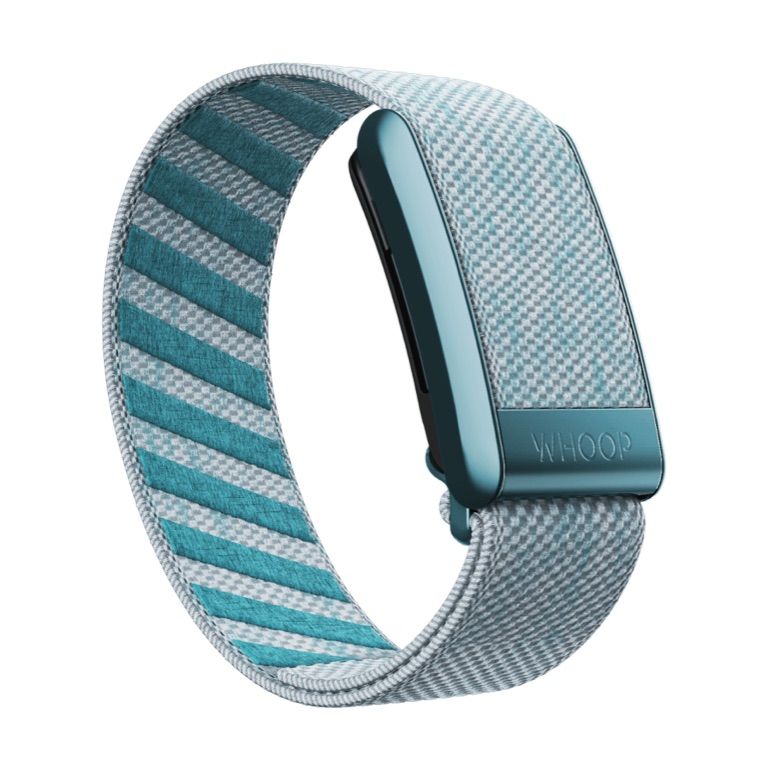
Whoop 4.0
Whoop, there it is
When it comes to fitness tracking, few devices go as in-depth as the Whoop 4.0. This premium-level wearable isn’t for the faint of heart, but those who pick it up will find that the monthly subscription fee is more than worth it, especially when you start to dig into everything it can track.
- Light and comfortable to wear
- Advanced data and metrics for improved fitness tracking
- You can also hide it in your clothes
- Better battery life would be nice
- Subscription is mandatory
- Not as ideal if you’re after something less intricate
The Whoop 4.0 is an interesting case because the idea is, in part, to commit to a subscription that would effectively pay for the device itself. At minimum, you’re looking at 12 months at $30 per month, or an average of $20 with a two-year deal. Why bother, you say? The device is loaded with sensors that cover a lot of ground, all the way down to sleep and menstrual cycles. But its real strength comes in catering to more athletic goals, particularly around cardio where it offers incredible insights despite lacking onboard GPS. Additionally, in our review, we observed it to be bit lacking when it comes to tracking strength-based workouts.
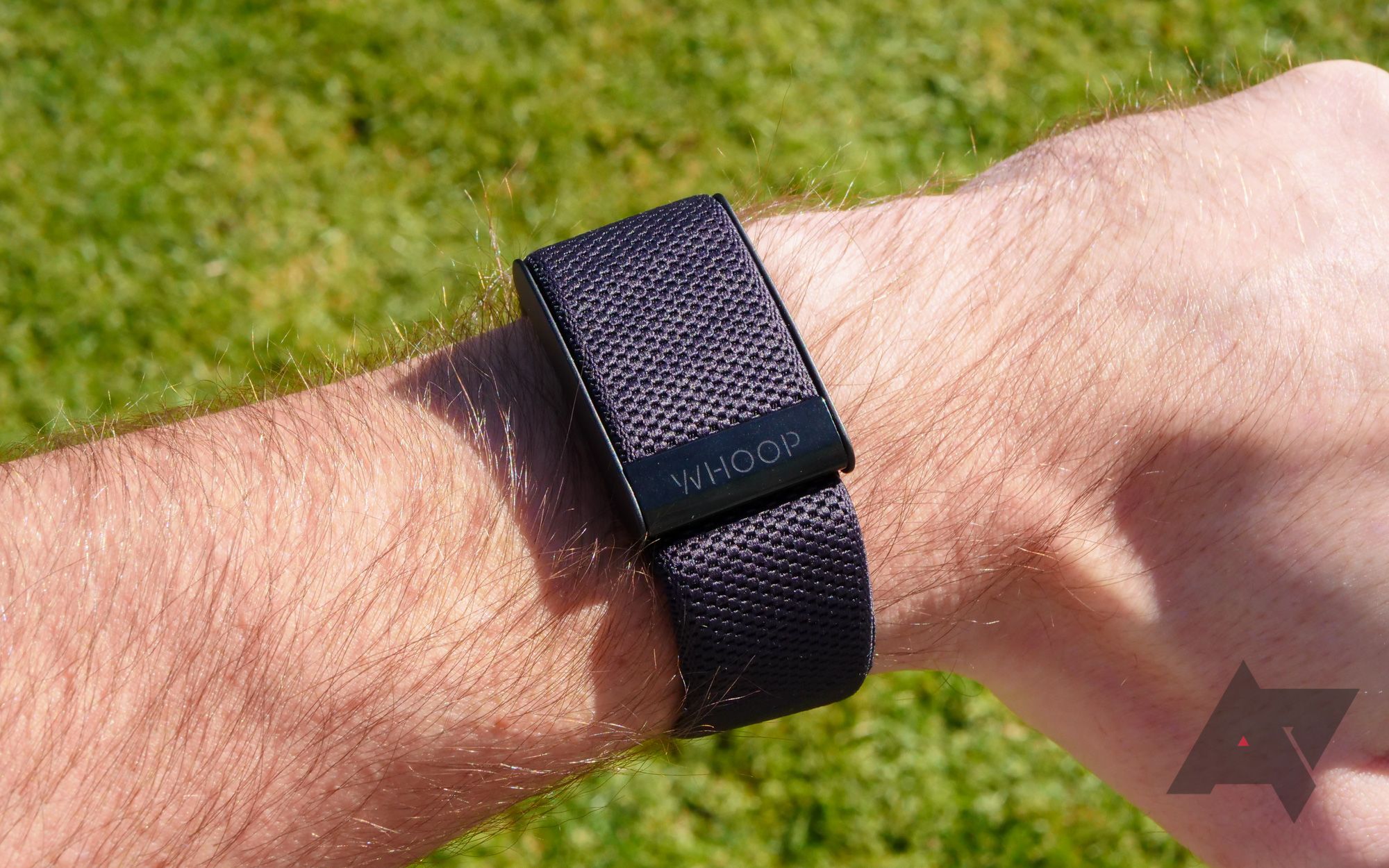
Whoop 4.0 review: This fitness tracker skipped leg day
Whoop is great for runners and swimmers, but if your workout regimen includes weightlifting, it’s not worth the price
In essence, the Whoop is a tracker that you could theoretically wear on your wrist, arm, and ankle — basically anywhere that’s comfortable and capable of tracking your activity. The wrist strap is the most common, but in any case, you can swap out bands and take them with you for workouts or during trips. The five-day battery life is solid, as is the Whoop app for tracking all the activity and providing insights into when you can push a little more or take time off.

Garmin vivofit 4
Taking a peek
The Garmin Vivofit 4 might technically have a (small) display, but it’s still one of the best-value fitness trackers on the market right now. Combine that with the enhanced accuracy that Garmin devices bring to this niche, as well as the ability to customize the display and only show your steps, and it’s easy to forget the Vivofit 4 has a display at all.
- Insane battery life
- Yes, there is a small display
- Garmin Connect app covers the rest
- No heart rate monitoring
- No built-in GPS
- Not as good for sleep tracking
Would it be cheating to have a screen, even if it is as small as this one is? The Garmin Vivofit 4 makes this list because you won’t see much on the display anyway. It’s not even a touchscreen. The purpose here is to strap on an activity tracker that tracks activity and sleep, but keeps everything else pretty basic. So basic, in fact, that there’s no heart rate monitor to keep tabs on your heart rate during whatever exercise or activity you’re undertaking.
Garmin’s Connect app is a huge help because it adds all the context the Vivofit 4 can’t, ensuring you stay on track. Sleep tracking won’t be great because the onboard sensors will mistake sitting or lying down for longer periods as being asleep. And unlike most trackers that use lithium batteries, this one uses a coin one that will keep the tracker going for up to a year.
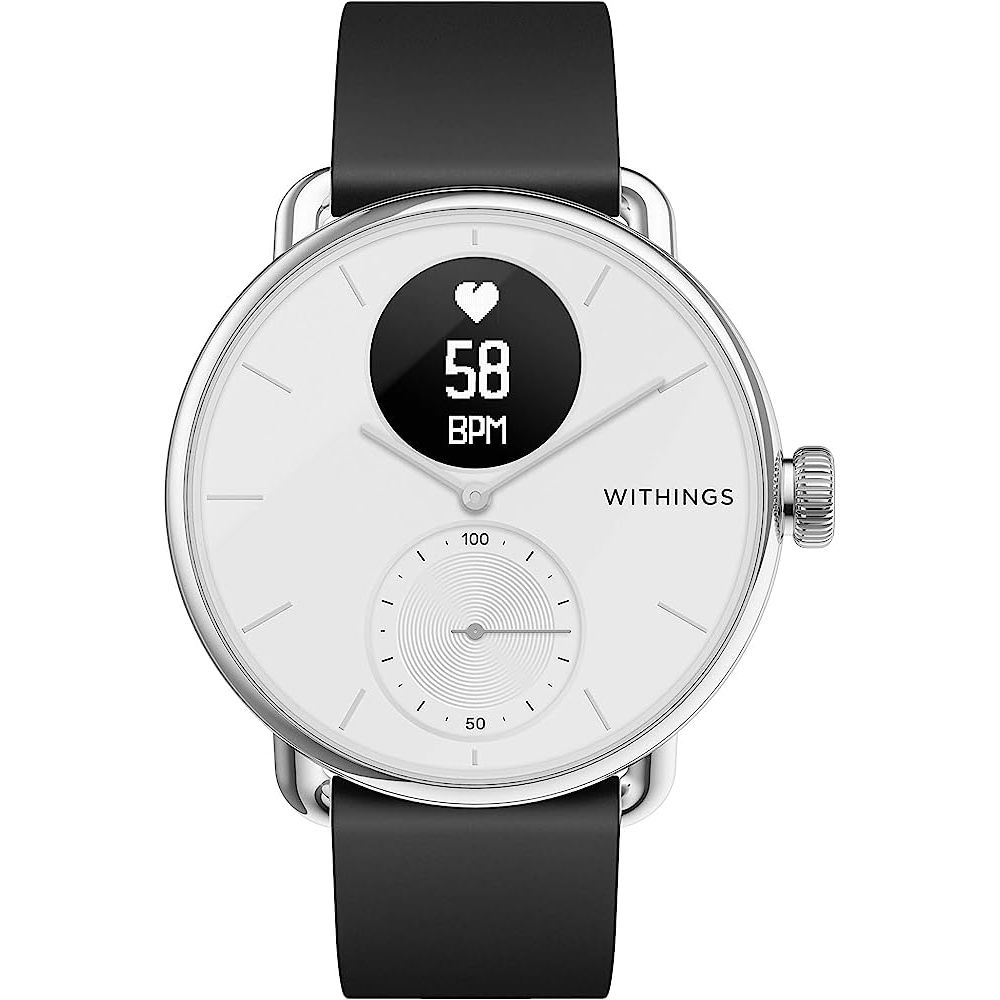
Withings ScanWatch 2
Back to the basics
The Withings ScanWatch 2 is the company’s latest high-end hybrid smartwatch featuring an upgraded PPG sensor and high dynamic accelerometer. It also comes with a temperature sensor for 24/7 temperature variation monitoring. All this and more in a timeless design.
- Classic and timeless design
- Tasteful mix of analog and digital features
- Superb battery life
- Subscription required for some features
- No built-in GPS
The ScanWatch 2 is like putting on a classic timepiece and discovering it has gadgetry underneath. That might be overstating it a bit, as it’s definitely not a James Bond watch, but it’s a hybrid smartwatch with the ability to track various health and fitness metrics. It bears similarities to the Withings ScanWatch Light, only is considerably more feature-laden. Two reasons why are the ECG and pulse oximeter, which keep tabs on both heart activity and breathing during sleep, respectively.
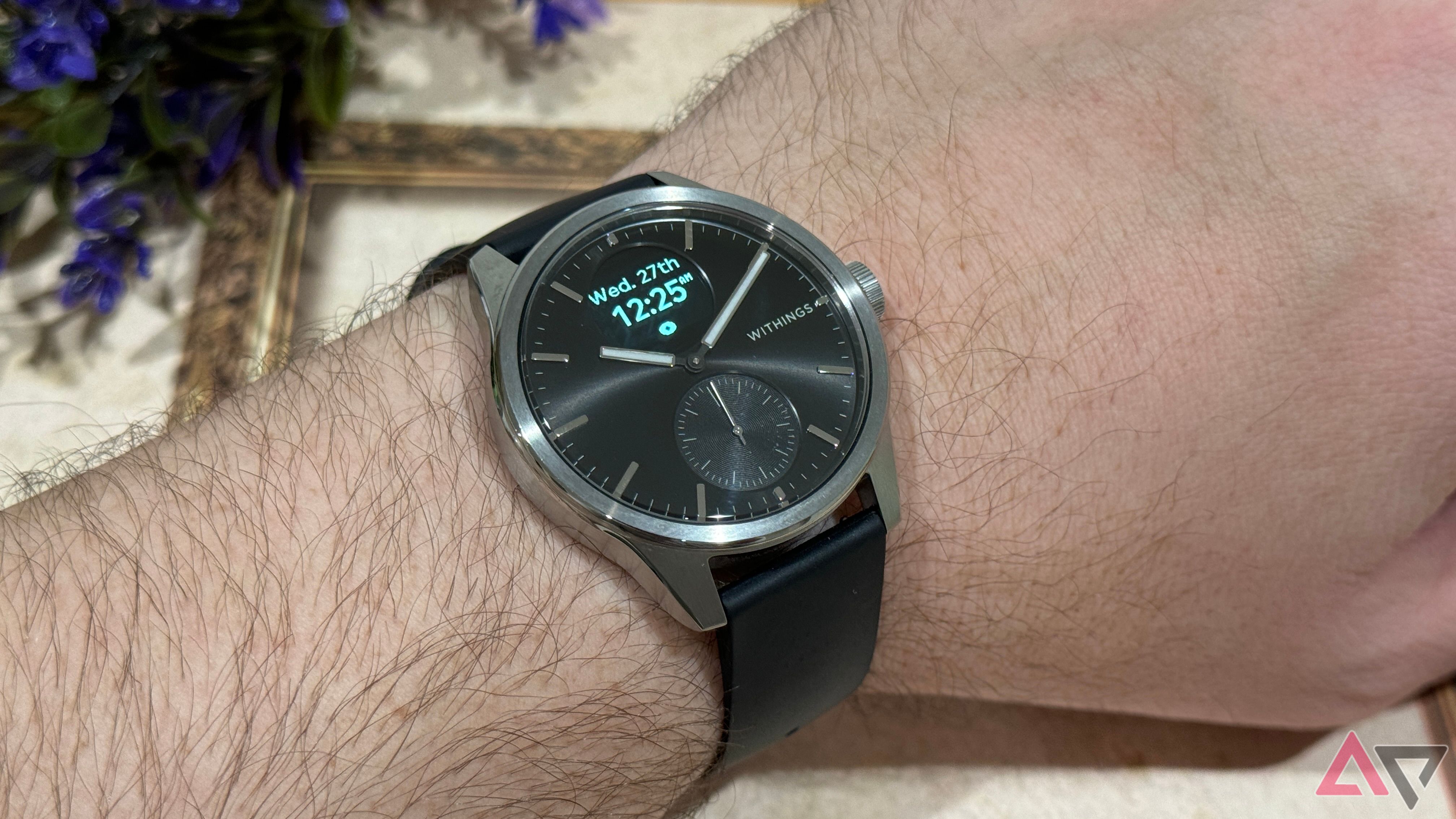
Withings ScanWatch 2 review: The smartwatch you wear to dinner
It’s not perfect, but the ScanWatch 2 offers digital features with an analog aesthetic
Body temperature sensors act throughout the day and night to check for any changes, giving you an idea of any fluctuations that may occur along the way. The ScanWatch 2 can also track exercises and general activity, though you will need to subscribe to unlock all the features associated with the sensors in the device. We also found the analog sub-dial to be a bit limiting in our Withings ScanWatch 2 review as it can only be used to track steps. Despite that, you won’t have to worry about battery life, which can stretch between 10–30 days depending on how much you use it and how much it has to track daily.
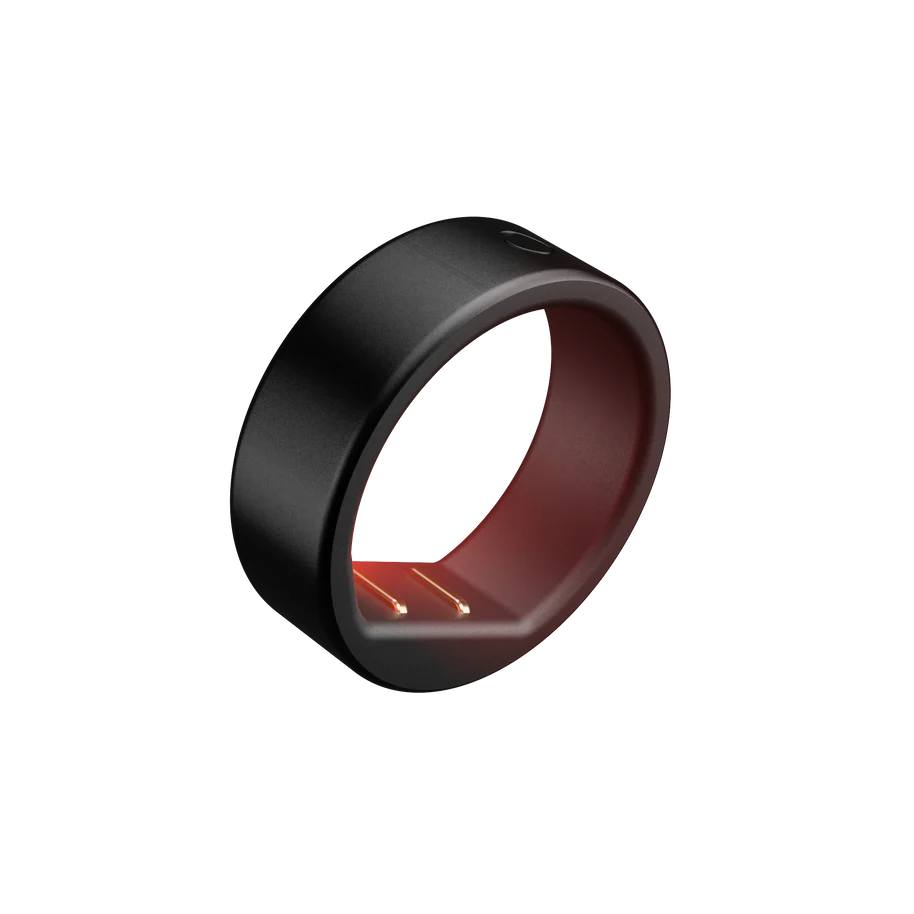
Circular Ring Slim
Slim, light, yet full-featured
Weighing in at a mere 2 grams, the Circular Ring Slim might as well not be on your finger. The thin and lightweight design is comfortable yet feature-packed. From movement to fitness to heart rate and even sleep tracking, the Circular Ring Slim can do it all. Meanwhile, the five-day battery life guarantees that you won’t be worrying about charging the ring overnight.
- Ultra-light design
- Five days of battery life
- Full-featured health tracking
- 20 days of memory might be limiting to some
- Aluminum alloy not as strong as stainless steel
- No color options
Smart rings are the new go-to for those who want all the fitness tracking without strapping on a bulky smartwatch. Taking on the Oura and Ultrahuman, the Circular Ring Slim builds on the success of the Circular Ring Pro and opts for an even lighter and more comfortable design.
The Ring Slim swaps high-grade stainless steel for aluminum and shaves off its weight by 50%. Clocking in at just 2 grams, you’ll barely feel the weight. The slimmer design means that some compromises had to be made. For example, battery life is now shorter at five days. Additionally, the watch can store 20 days of data compared to the 40 days that the Pro 1 is capable of storing. Neither of these limitations should be deal-breakers, though, especially once you factor in the drastically reduced price. The Circular Ring Slim is a great choice for all but the most demanding users.
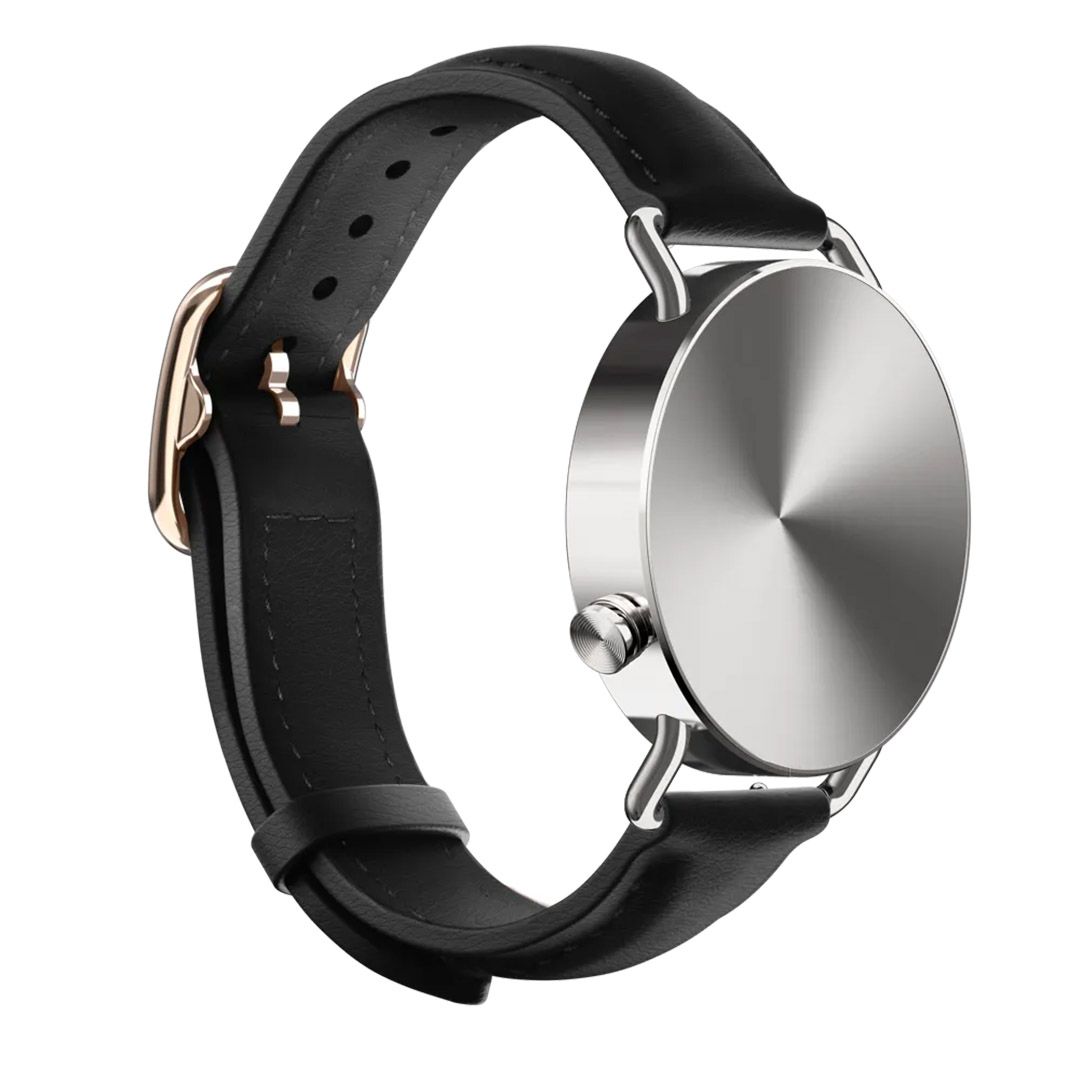
NoWatch
Full metal habit
If you like the idea of a watch-like fitness tracker but don’t want to deal with the display or features of a smartwatch, then No Watch is a perfect option. This fitness tracker offers a watch-like appearance, but you can show off various panels instead of a display, including gemstone-based designs, stainless steel, and more.
- Chic design is appealing
- A watch without the distractions
- Easy to use
- Data precision isn’t always there
- Expensive
Usually, it’s flashier items that garner more attention, but the NoWatch (pronounced “Now-Watch”) may turn a few heads because of the simple fact that its watch face does nothing. No screen, not even an analog layout like traditional timepieces. Instead, you get a brushed metal frame with the ability to swap out the face with gemstone discs. They don’t do anything themselves, but the watch’s body has its own slate of sensors to keep tabs on what you’re doing.
The NoWatch’s main focus is on stress by way of the skin temperature sensor. You also get a heart rate monitor and accelerometer to track heart rate and activity, plus the NoWatch app to manage all the features and data the device collects along the way. The battery should keep things going for up to four days. So, while this is hardly a heavy-duty fitness tracker, it’s got wellness features that could appeal if you want it to be a bigger part of your active lifestyle.
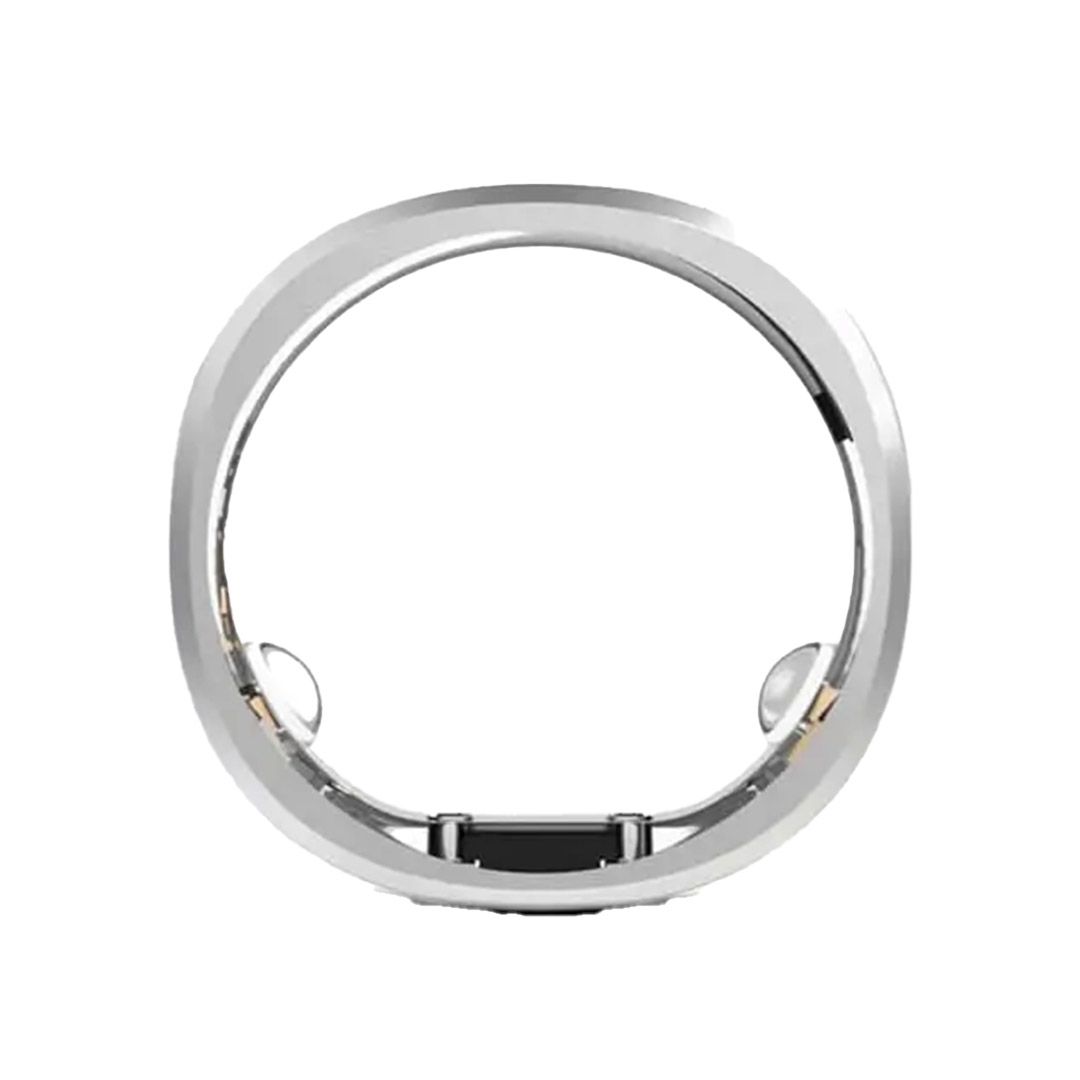
RingConn Smart Ring
A feathery touch
Another great option, the RingConn Smart Ring offers all the things you’d expect from a great fitness tracker in a package small enough to easily forget you’re even wearing it. It’s available in three different colors, allowing you to really style how your fitness tracker looks.
- Svelte design that easily fits
- Plenty of tracking features
- Solid battery life
- Overall tracking accuracy an ongoing improvement
- Steer clear of saltwater
RingConn is a tougher competitor to the likes of Oura and Circular than you might think, and one of the ways it undercuts them is by not forcing you into any subscription fees. Everything this ring does is available to see in the mobile app, so you know what you’re buying before sliding it onto your finger. The titanium body is fairly tough on its own, but RingConn also has silicone protectors (sold separately) as thin as phone screen protectors you can slip on during visits to the gym or other strenuous activities.
All told, the RingConn can track a fair bit, too. It has a heart rate monitor, SpO2 sensor for blood oxygen, and skin temperature sensor, and backs that up with detailed health tracking and insights as we found out in our RingConn Smart Ring review. It can even look for instances of atrial fibrillation (AFib) and uses all the onboard sensors to check stress levels at varying times. It can also track exercise, including steps, calorie burn, and even sleep when it’s time to pass out. On the flip side, exercise modes are pretty limited. The IP68 rating is high enough to keep the ring safe in clear water up to depths of 50 meters, but beware of saltwater because the ring doesn’t have much to defend against it. Don’t forget to check the app from time to time, as the watch does not support background syncing. As for battery life, you can expect it to go along with you for up to a week before it needs a recharge.
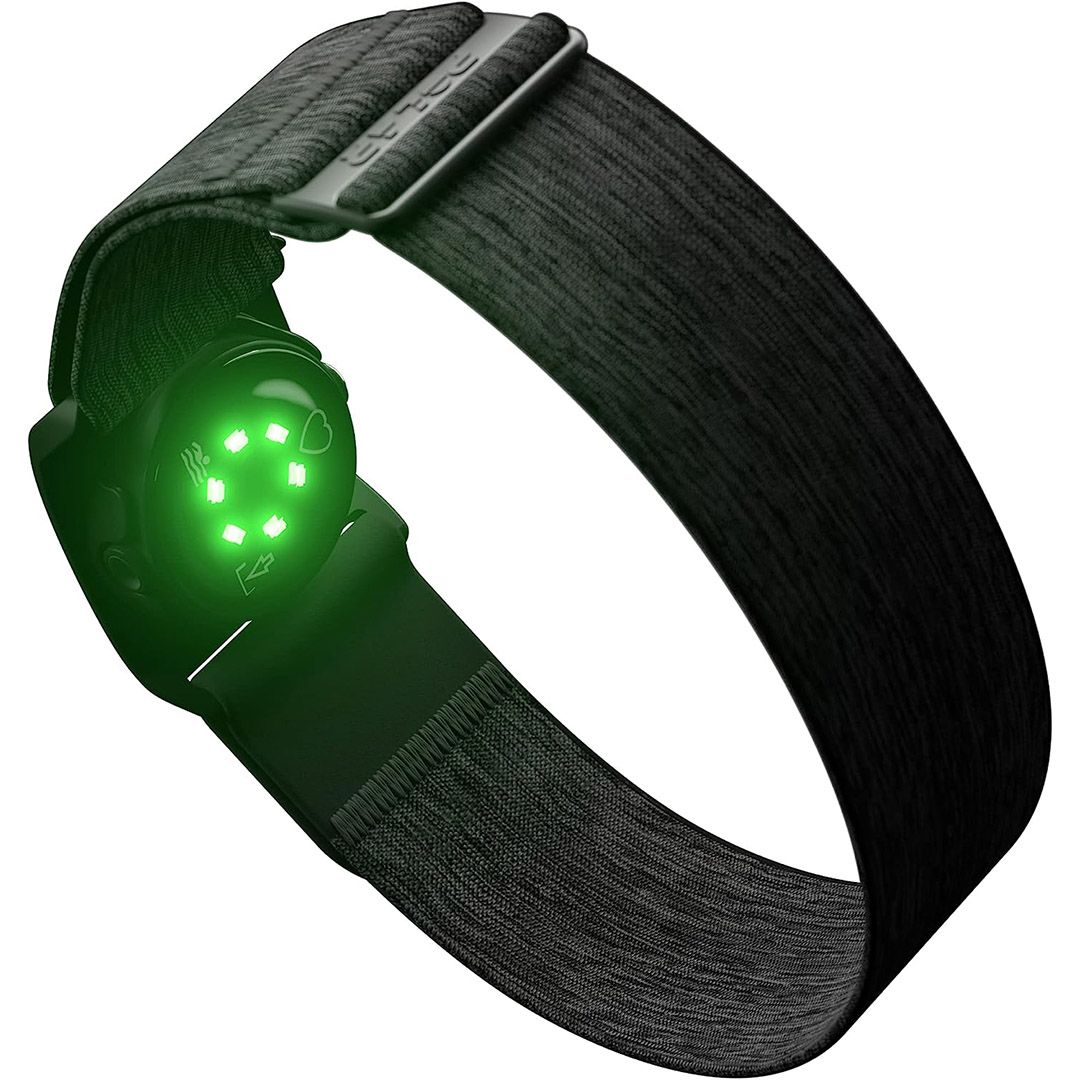
Polar Verity Sense
A little bit of everything
Because of its versatility, the Polar Verity Sense is a fantastic option for those who want a good fitness tracker without a screen. You can easily move the Verity Sense between your upper or lower arm as well as your temple, allowing for accurate heart rate monitoring to help you keep track of your activity.
- Wear it how you want
- Reliable tracking performance
- More affordable price
- Can be fiddly to strap on
- Don’t lose that charger
Polar designed the Verity Sense to work as an armband, but you can probably get creative and place it anywhere else that can be comfortable and get the job done. You may have to fiddle with it a bit until you learn the subtleties of putting it on so that it stays exactly where you want it, but once done, the device can track a lot of activity. It’s unique in that it offers special swimming features, or you can choose to record the tracking data directly to the device for syncing to the Polar app later. There’s also the option to transmit the data to an external device using ANT+ or Bluetooth.
There are six LEDs on the tracker itself to give you the visual indicators you need, though apart from the mode you’re in, they won’t say much, so as not to distract you from a workout. When it’s time to sync the data, you can do it to both the Flow and Beat apps, as well as third-party ones, like Strava and MyFitnessPal, among others. Whatever you do when inactive, don’t lose the battery charger because it’s a proprietary one, and the Verity Sense won’t last a full 24 hours in most cases.
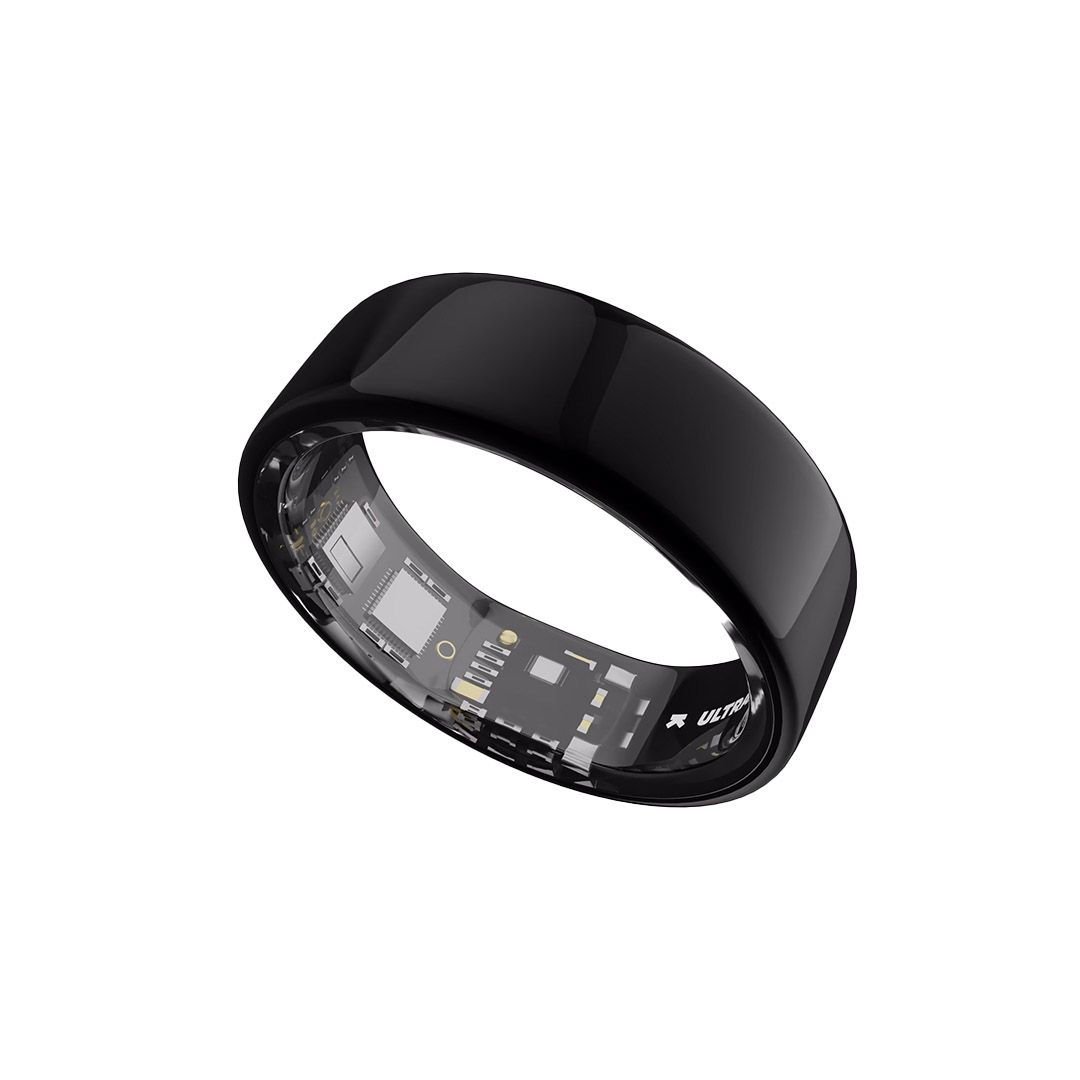
Ultrahuman Ring Air
Taking a chance
The Ultrahuman Ring Air is a fantastic fitness tracker that embodies the power of a traditional tracker right from your finger. Built for comfort and flexibility, this tracker can keep up with your activity, body temperature, and sleep quality, all without ever getting in your way.
- Lightweight and comfortable fit
- Solid health and fitness tracking
- No subscription required
- Finish prone to scuffs and blemishes
- Sketchy sleep tracking
- Pricier compared to other smart rings
The Ultrahuman Ring Air is yet another alternative to the Oura that, while not undercutting it on price, still manages to do so on the residual side with no subscription required to get all the features. It’s also packed with the right gear inside to track health and fitness data, like a PPG sensor for blood circulation, skin temperature sensor, heart rate monitor, SpO2 for blood oxygen, and others for motion. The Ring Air aims to find a balance between those who want to get more active and those who are already in the thick of training, which explains why the Ultrahuman app focuses just as much on recovery as it does being active.

Ultrahuman Ring Air review: A subscription-free Oura alternative
Unobtrusive health tracking without a fee in sight
Something that stood out to us in our Ultrahuman Ring Air review was the fact that you have baby the ring as it is susceptible to the odd scuff or blemish if you go too hard with it on, like contact with the bar while lifting weights. When you’re spending this much, that might be a tough thing to see. So might the sketchy sleep tracking, which sometimes misses the mark on timing, but can make up for it with insightful information on how to sleep better each night. Then there’s battery life that can last up to a week depending on how you use it — not bad for a smart ring. Sure, you might end up spending a bit more than the Oura, but the lack of a subscription fee makes the Ultrahuman a credible choice.

Withings ScanWatch Light
When fitness meets lifestyle
Don’t let the ScanWatch Lite’s lifestyle design fool you; it’s got all the essential fitness tracking functions built in. From step tracking to heart rate, you’ll even find 40 workout modes, including one to track your gaming hobby. The tiny but usable OLED panel up top conveniently helps you keep track of basic metrics, as well as phone notifications.
- Attractive design
- Long battery life for a smartwatch
- Effective fitness tracking
- No GPS
- No blood oxygen monitoring
- Expensive for its limited functionality
Tucked away under the ScanWatch Lite’s traditional analog design is a surprisingly capable fitness watch. The only thing giving away its fitness leanings is an embedded OLED display in the middle of the circular screen that shows off daily activity metrics, phone notifications, as well as the date. The side-mounted Digital Crown makes it a cinch to skip through the different panels and settings.
Withings’ budget-oriented watch predictably goes light on the fitness features, but what’s here works well. In our ScanWatch Lite review, we found step and heart rate tracking to be reasonably accurate. You’ll also find 40 workout modes, including a surprising addition — gaming. However, outdoor workouts, especially runs, won’t be quite as accurate as the alternatives due to the lack of onboard GPS. You can, of course, connect the watch to your phone and use assisted GPS for better accuracy.
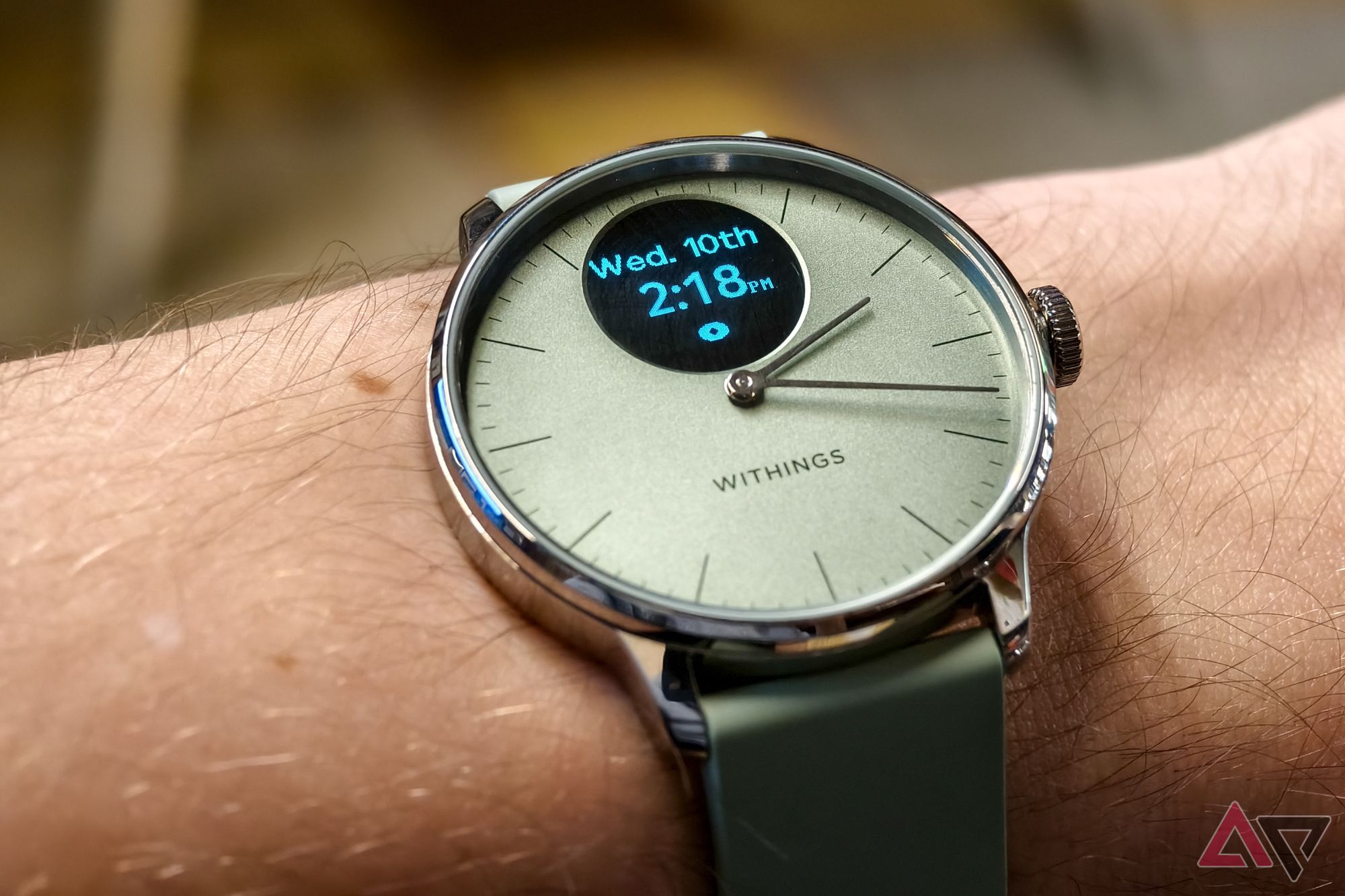
Withings ScanWatch Light review: Light by name, light by nature
A slim and slender take on Withings’ analog-esque fitness trackers
The fitness features round off with granular sleep tracking. But there’s no ECG measurement or blood oxygen monitoring here. We weren’t too impressed by the battery life either. In our tests, the Withins ScanWatch Lite fell far short of the 30-day claims made by the company and would need a top-up every week or so.
No screen, no problem
If you’re struggling to choose between the models above, we recommend closely examining our top three. The Oura Ring 3 isn’t just one of the best smart rings, but a fantastic fitness tracker and its smart ring design means that it doesn’t add much bulk to your daily fitness routine. It also comes with comprehensive data features that allow you to take a closer look at your fitness journey. You will, however, have to splurge on a monthly subscription fee, though.
If you want the benefits of a more smartwatch-like device but with a less distracting display, the Garmin Vivofit 4 is a fantastic value option. It gives you the added accuracy that Garmin’s fitness trackers boast while letting you customize the display to show only the information you need.
If you really want to dig deep into your fitness journey, the Whoop 4.0 is a premium choice. This fitness band tracks everything you do — from your sleep pattern to the steps that you take. It’s an expensive option, though, as it comes with a costly monthly subscription that is required for all the band’s best features.
Finally, if you like an analog aesthetic, and need only the essentials of health metrics, it’s hard to go wrong with the Withings ScanWatch Light. Rated for up to 30 days of battery life and matched with an excellent design, the ScanWatch Lite delivers top-tier step and sleep tracking. Moreover, it is equally capable of displaying notifications from your phone — all this and more without breaking the bank on subscription fees.

Oura Ring 3
When it comes to premium smart rings, Oura continues to stand out above the crowd with the Oura Ring 3. The third generation of the company’s smart rings brings more health features, including improved health-tracking functions, like continuous heart rate monitoring and even SPO2 tracking.




